We may earn money or products from the companies mentioned in this post. This means if you click on the link and purchase the item, I will receive a small commission at no extra cost to you ... you're just helping re-supply our family's travel fund.
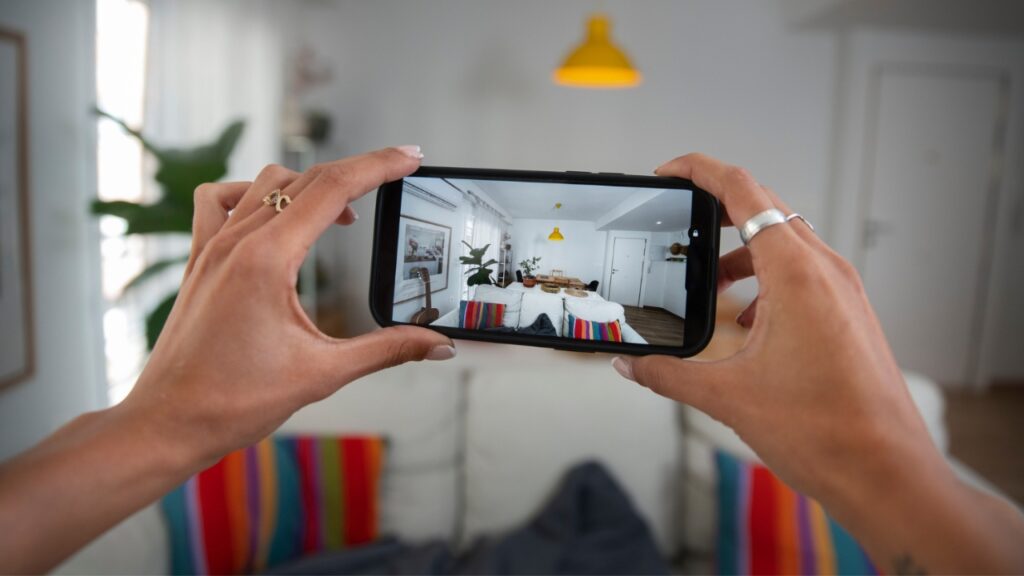
You deserve privacy where you sleep. A little know-how helps you keep it. Start by trusting your gut, then slow down and look closely at what aims at the bed, bath, or desk. Cameras need a view, steady power, and either storage or a network. That simple rule guides your sweep. Use your phone and a few low-cost tools, and follow clear steps if you find something off. Travel with care, not fear. The goal is confidence, a good night’s rest, and a plan if needed.
1. Start With A Slow Sweep And A Flashlight
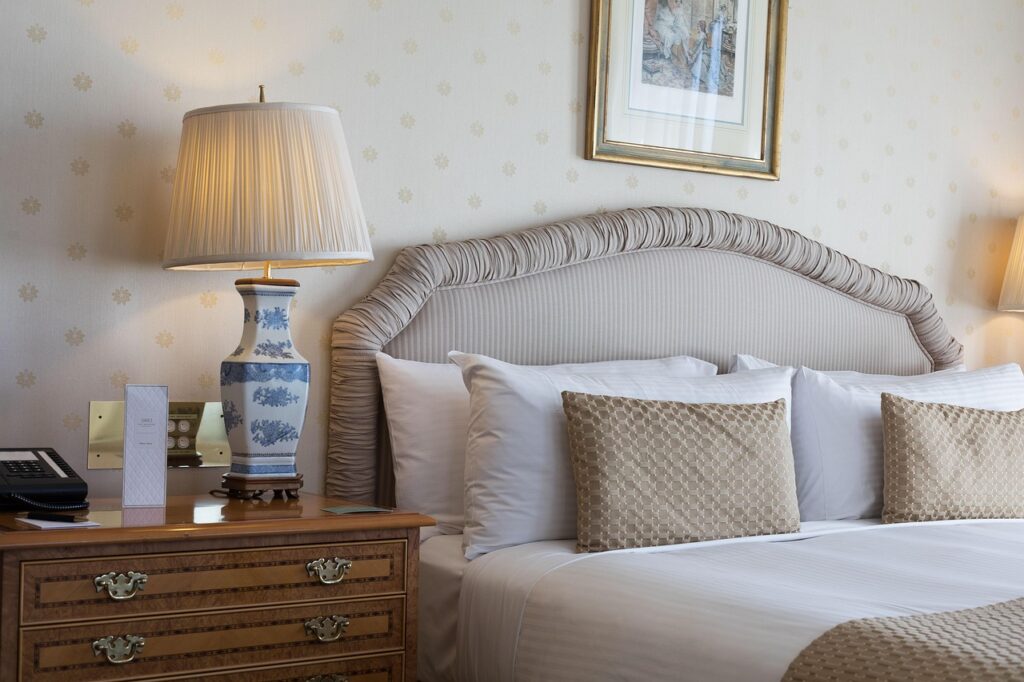
Walk the room before you unpack. Look for gear pointed at private zones, like a lamp oddly angled at the bed or a clock facing the shower. Scan for pinholes in walls, art, or outlet plates where a lens could sit. Kill the lights and use a small flashlight to rake surfaces; a lens often throws a quick, sharp glint. Check eye level first, then higher corners and low shelves. Trust anything that feels staged or recently moved.
2. Use Your Phone Camera To Catch Infrared
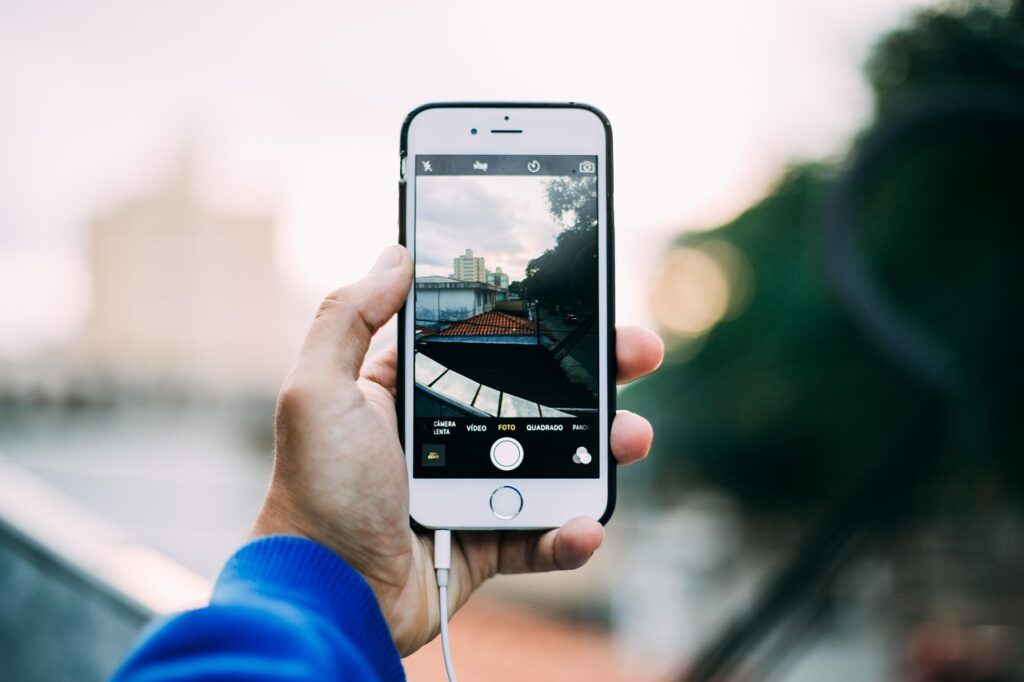
Many cameras use infrared for night vision. Darken the room, close the curtains, and open your phone’s camera in selfie mode. Pan slowly and watch for tiny white or purple glows that your eyes miss but the sensor catches. Check shelves, smoke detectors, chargers, and decor. Repeat from different spots so angles don’t hide a telltale LED. Keep the room dim and move the phone steady. If you see a glow where no light should be, investigate that object next.
3. Scan The Wi-Fi For Uninvited Devices
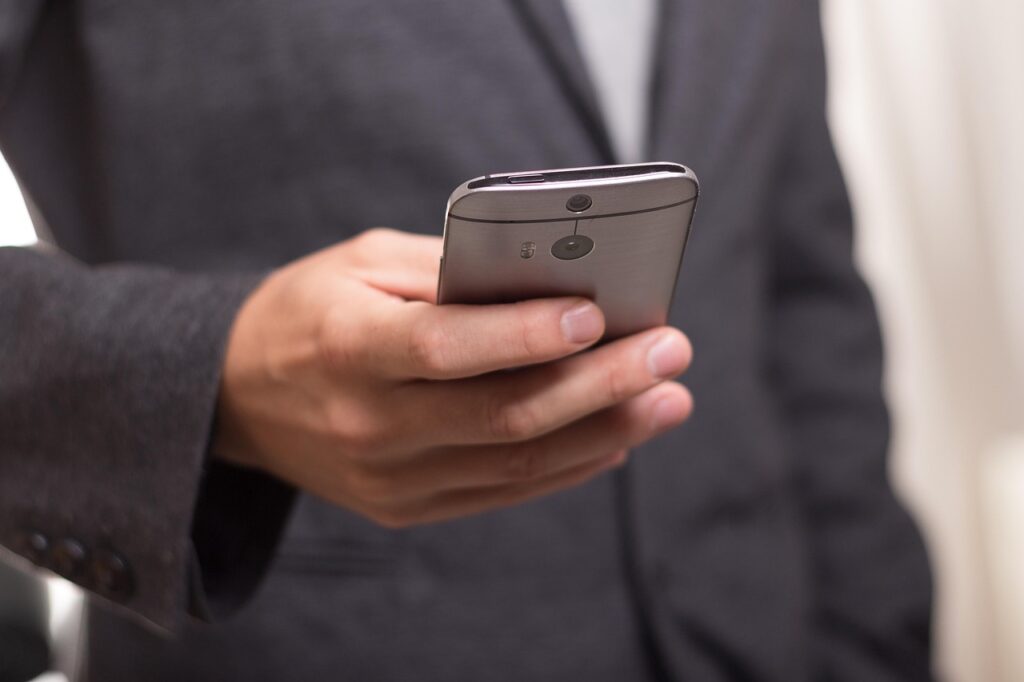
Connect to the property’s Wi-Fi and run a network scanner app like Fing. It lists devices on the network with names and manufacturers. Look for entries that read as cameras or brands you recognize from smart cams, or vague labels like “IP camera.” If you spot unknown gear, take a screenshot. Remember, some devices could be legitimate, like a hub or doorbell on another floor, but a camera registered in a bedroom is a red flag. If in doubt, ask the host to explain each device.
4. Pack A Bug Detector And Sweep High-Risk Spots
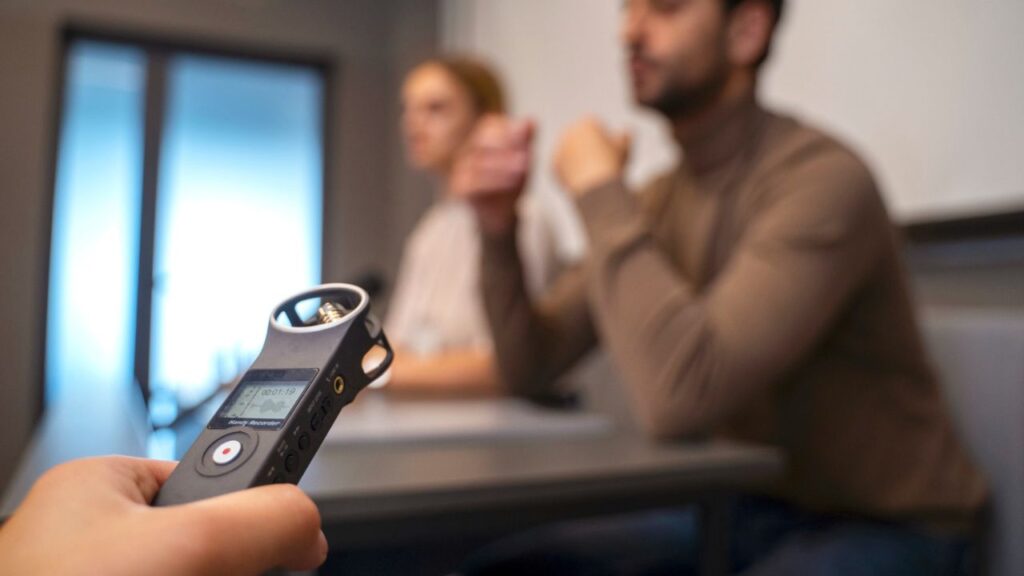
A pocket anti-spy detector can pick up radio signals from transmitting cameras and mics. Walk it past vents, chargers, clocks, and ceiling fixtures, then along mirrors and TV frames. Slow down where you get a consistent alert and confirm with a visual check. Detectors can also light up a lens with a ring of LEDs so you see the reflection. They are not perfect, but paired with your eyes and phone they raise your odds. Keep it steady, and retest after moving suspicious items.
5. Know Where Cameras Hide: Line Of Sight, Power, Network
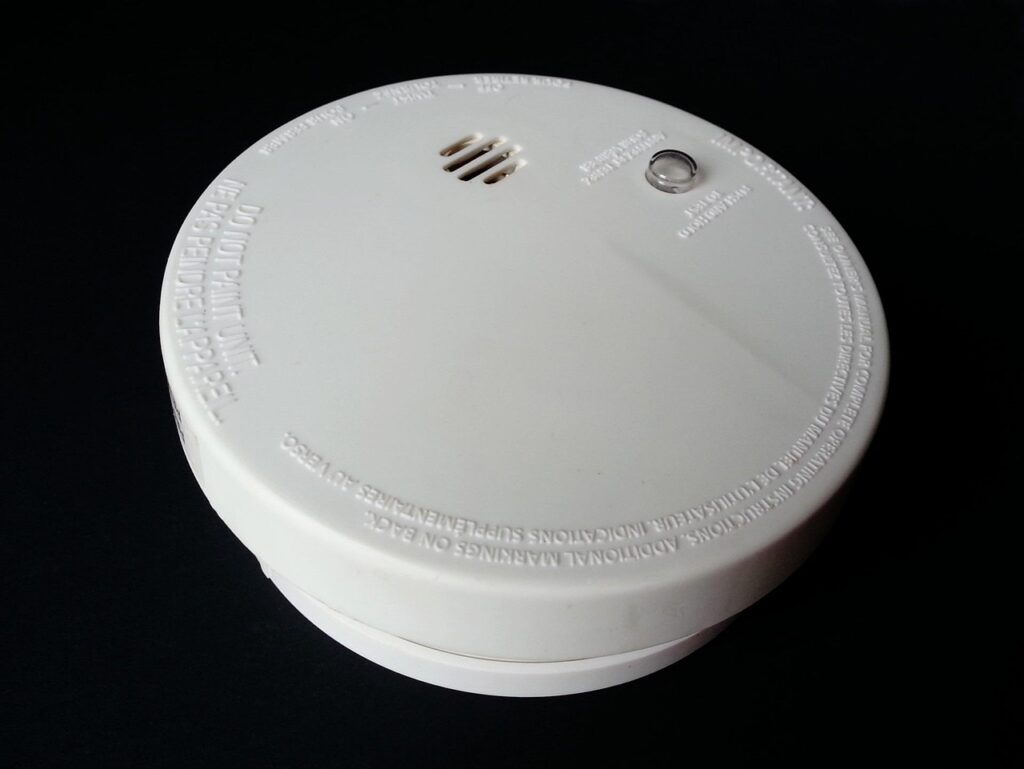
Cameras work only if they see the target, stay powered, and store or transmit footage. That means common hiding places are items that sit still, face the room, and plug in. Check smoke detectors, thermostats, vents, outlet and switch covers, power adapters, desk lamps, phone chargers, alarm clocks, TVs and set-top boxes, and framed art or mirrors. Follow cords. An adapter that never moves or a “charger” that runs warm with nothing plugged in deserves a closer look.
6. Audit Clocks, Chargers, And Adapters Up Close
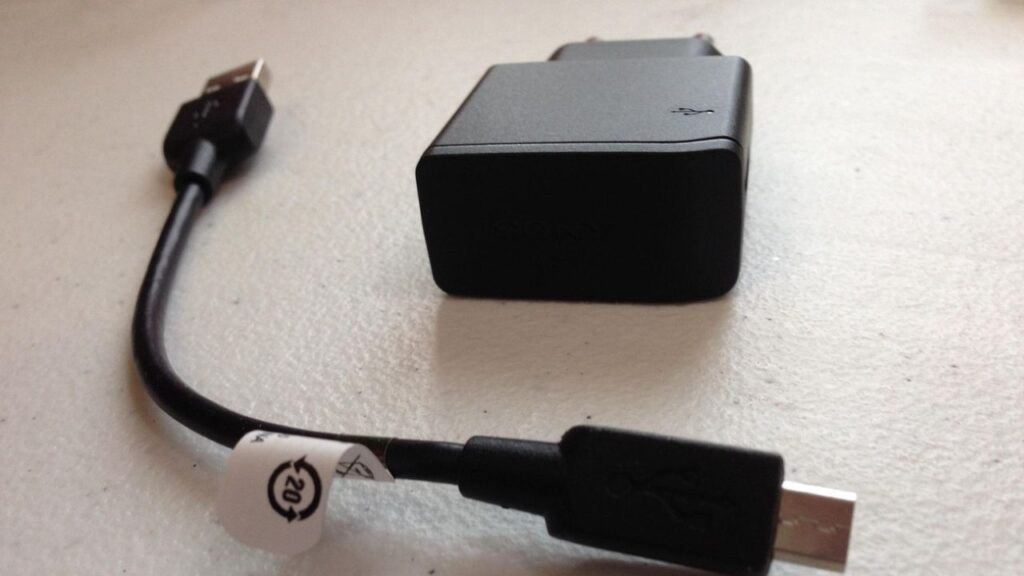
Bedside clocks and USB chargers are frequent decoys. If a clock looks odd, unplug it and place it in a drawer; if it is fixed, cover it with a towel while you assess. Check ventilation slots, lens-sized holes, and any new screws or glossy plastic inserts. For multi-port chargers, peer straight into each port with your flashlight. A real port shows metal contacts; a fake one may reveal a glassy dot. When in doubt, swap the item out of line of sight.
7. Check Ceilings, Alarms, And Vents With Intention
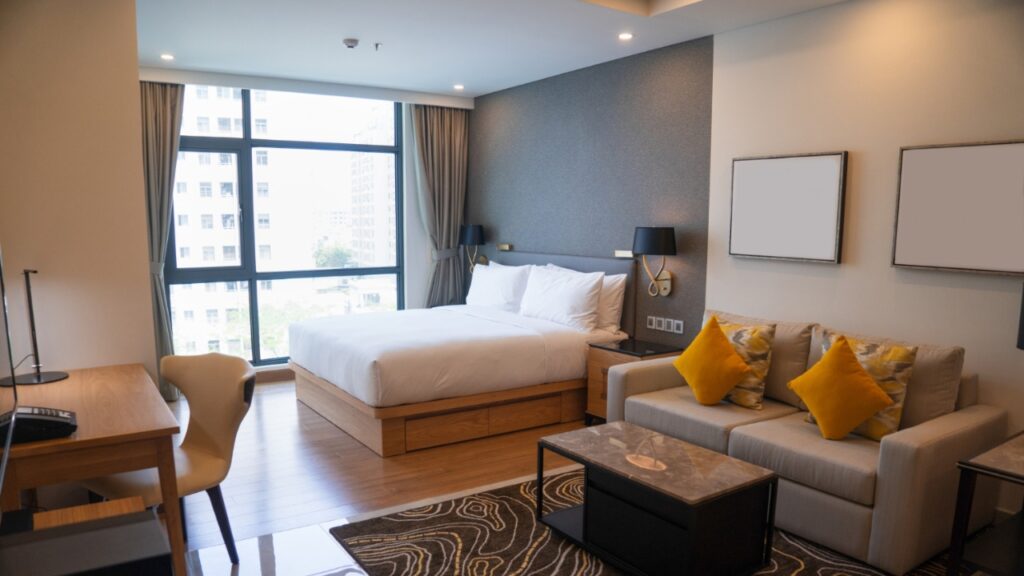
Look up. Smoke detectors should match throughout the space; a one-off unit over the bed is suspect. Thermostats and motion sensors should be where they make sense, not pointed at the shower. Vents do not need “pinhole” openings on the faceplate. Use your phone’s front camera again to scan the ceiling in the dark for any IR twinkle. If you can safely open a battery cover without damage, verify it actually holds a battery rather than wires and a board.
8. Protect Work Areas And Cover The Peephole

If you are abroad on business, assume desks are high-value targets. Set up your laptop away from obvious sight lines, and avoid working on sensitive material in lobbies or public spaces. In any hotel, cover the door peephole from the inside; cheap reversers can look back into your room. A sticky note works. Keep webcams on your devices covered when not in use. If a room camera is permitted in a common area, ask for it to be powered down or turned to a wall.
9. Use An IR Lens Finder For Night-Vision Cameras
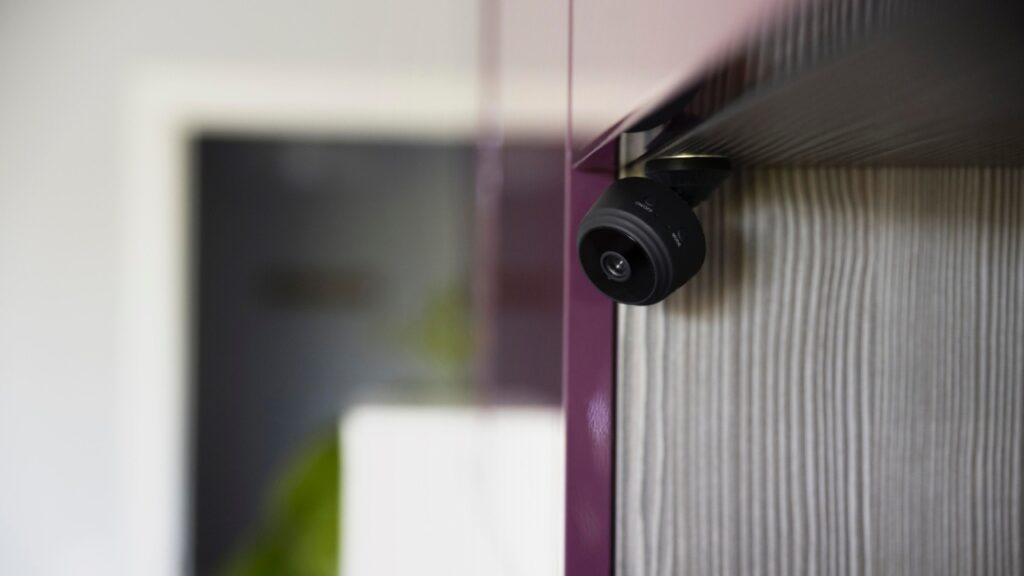
An inexpensive IR lens finder emits light that bounces off glass optics. Dim the room, look through the viewer, and scan slowly. A camera lens often pops as a bright pinpoint even if it is hidden in a vent or object. Sweep at different distances and heights, and repeat after moving curtains or props that could block your view. Pair this with your phone scan; the two methods catch different setups. If you get a hit, isolate the object and reassess the room layout.
10. If You Find A Device, Exit And Report

Do not touch or dismantle the device. Step outside, document what you saw with photos or video from the doorway, and contact the hotel desk, booking platform, or host in writing. If you feel unsafe, call local law enforcement. Ask to be moved or refunded, and keep all messages. If the property allows visible cameras in common spaces, that must be disclosed. Hidden cameras in private areas are not acceptable. Your goal is safety first, then clear, prompt reporting.